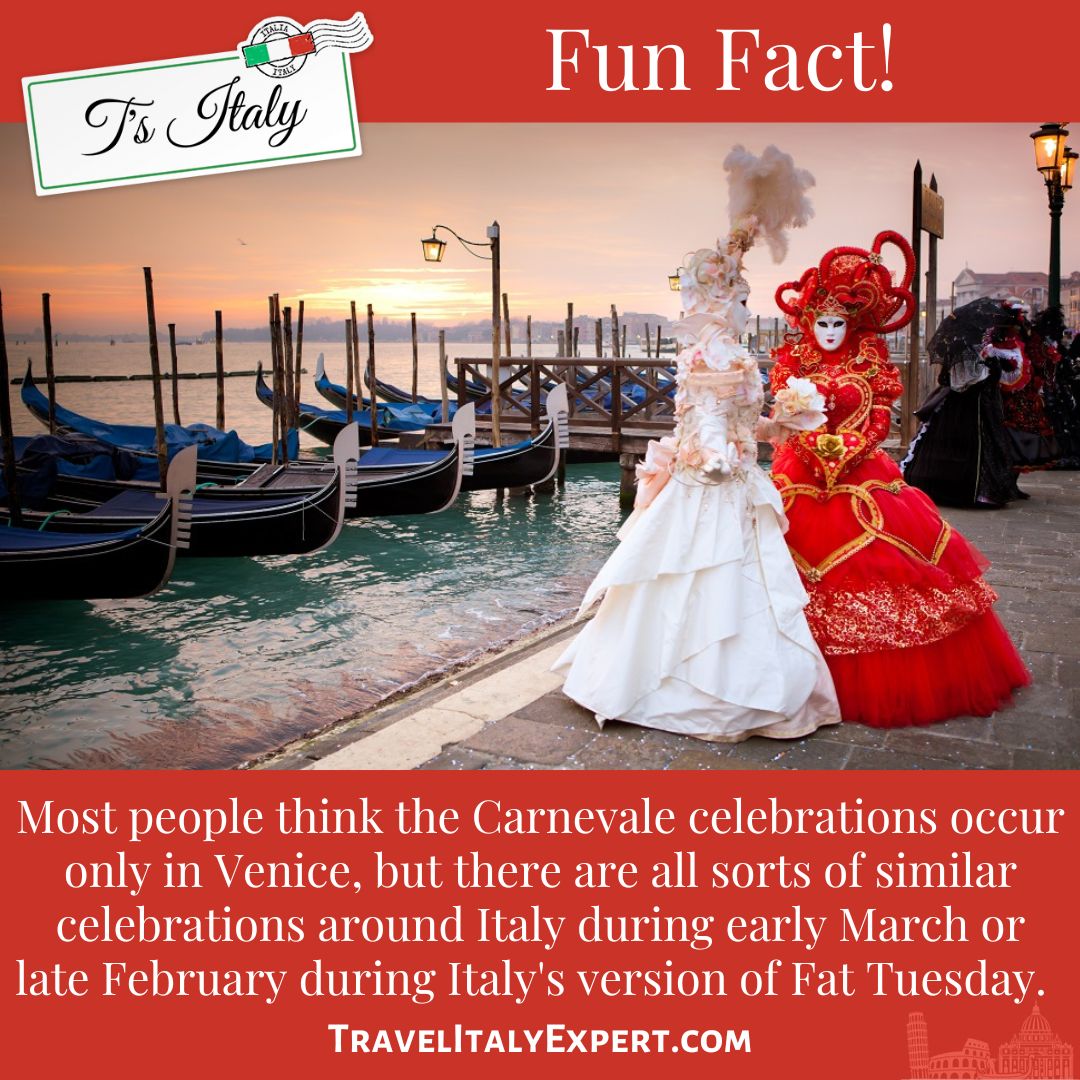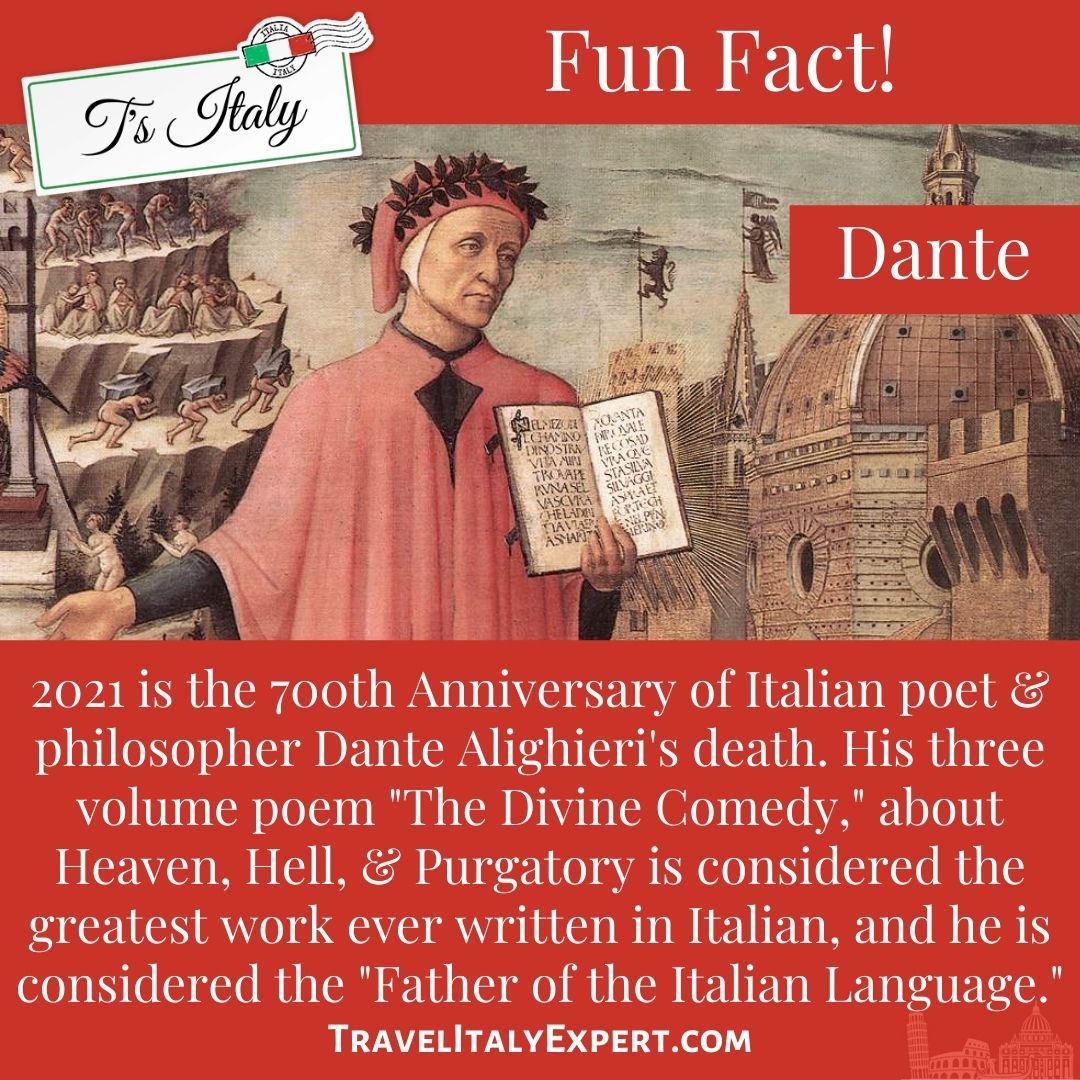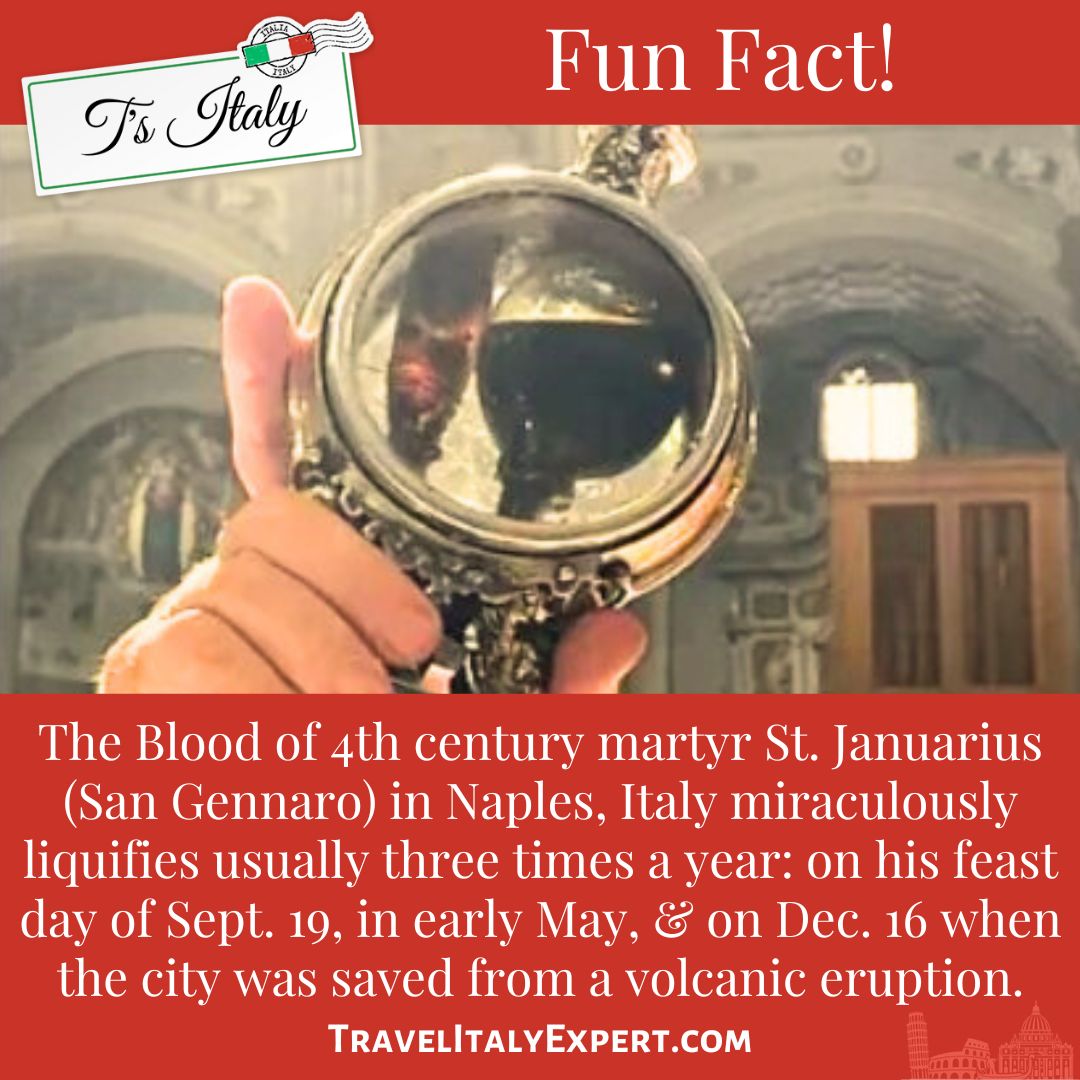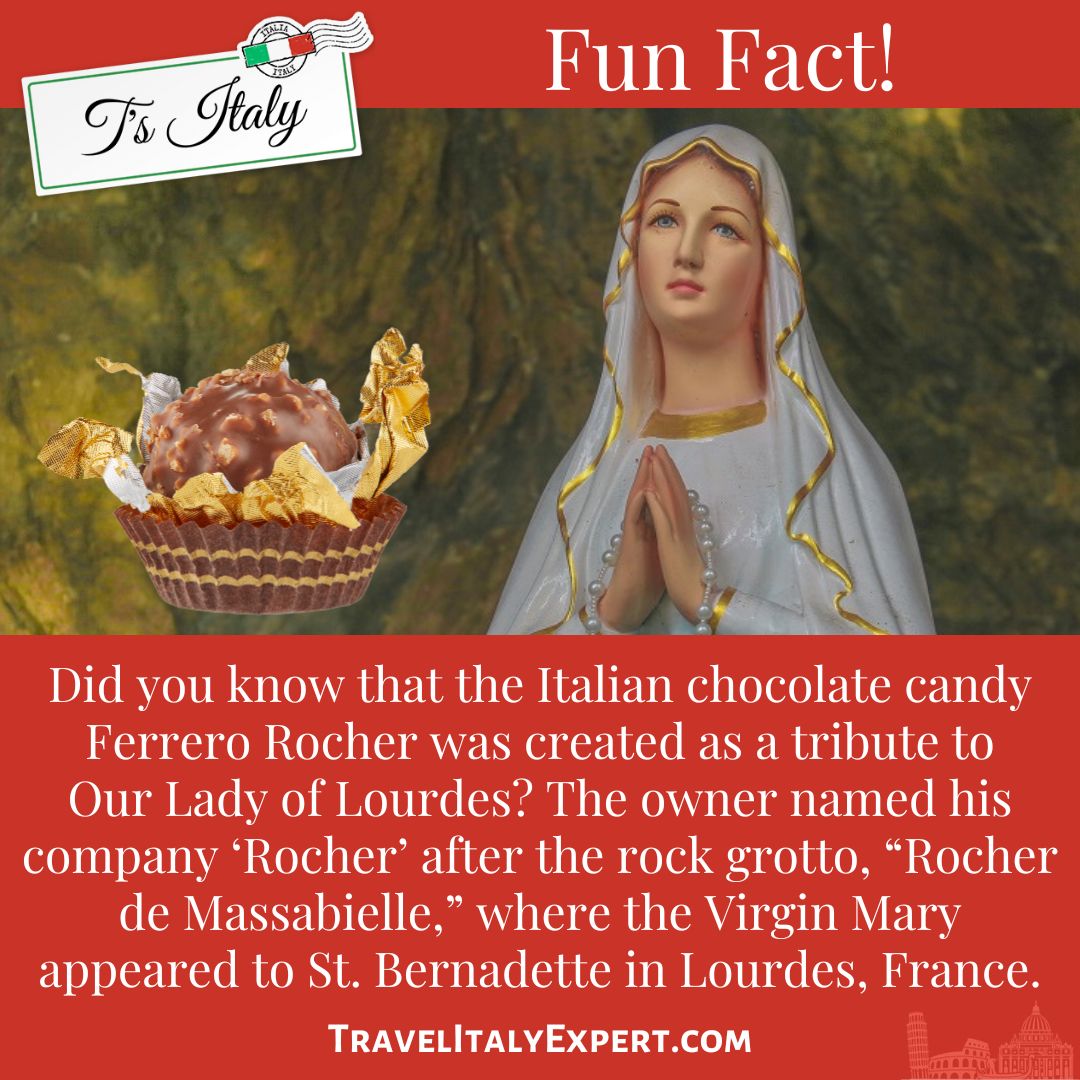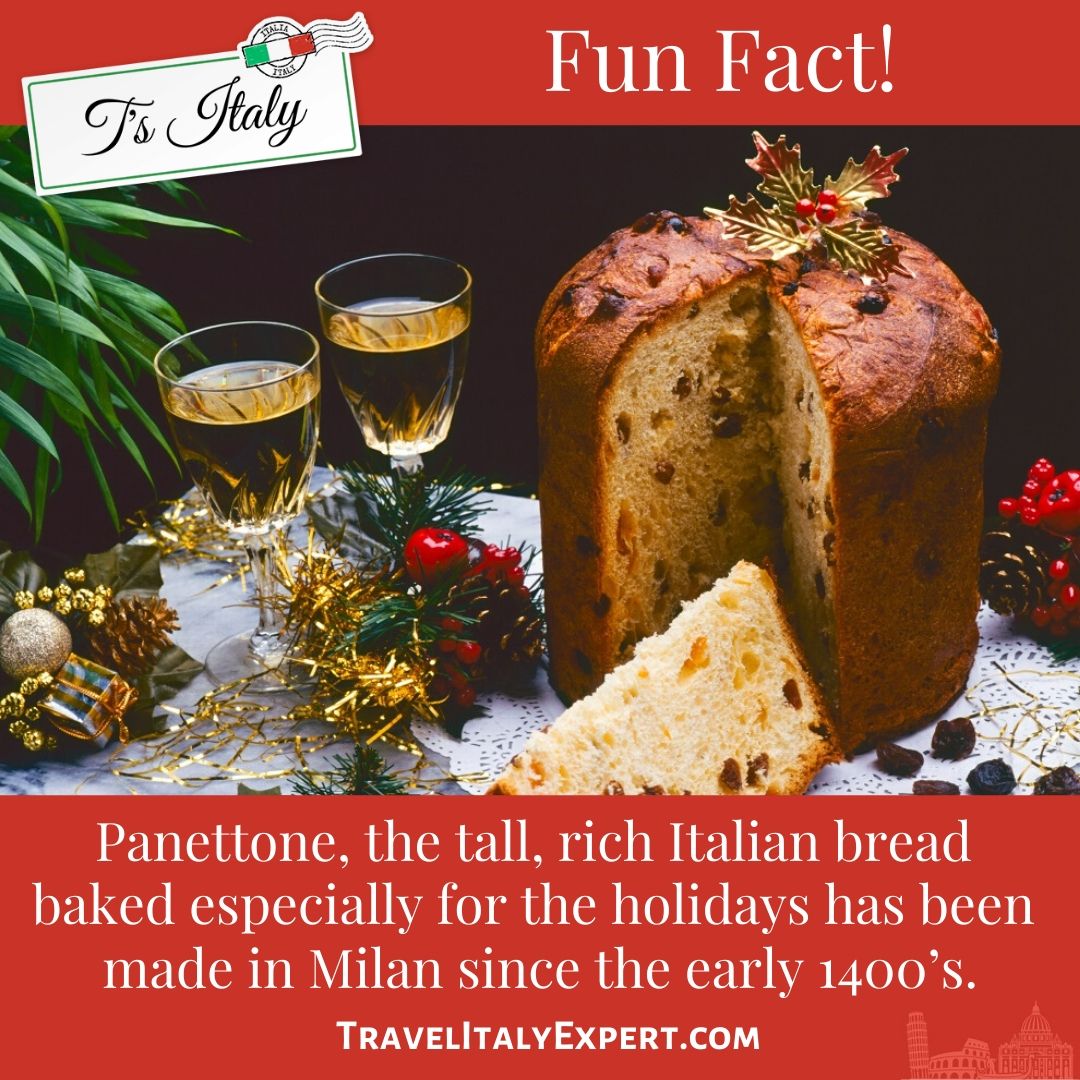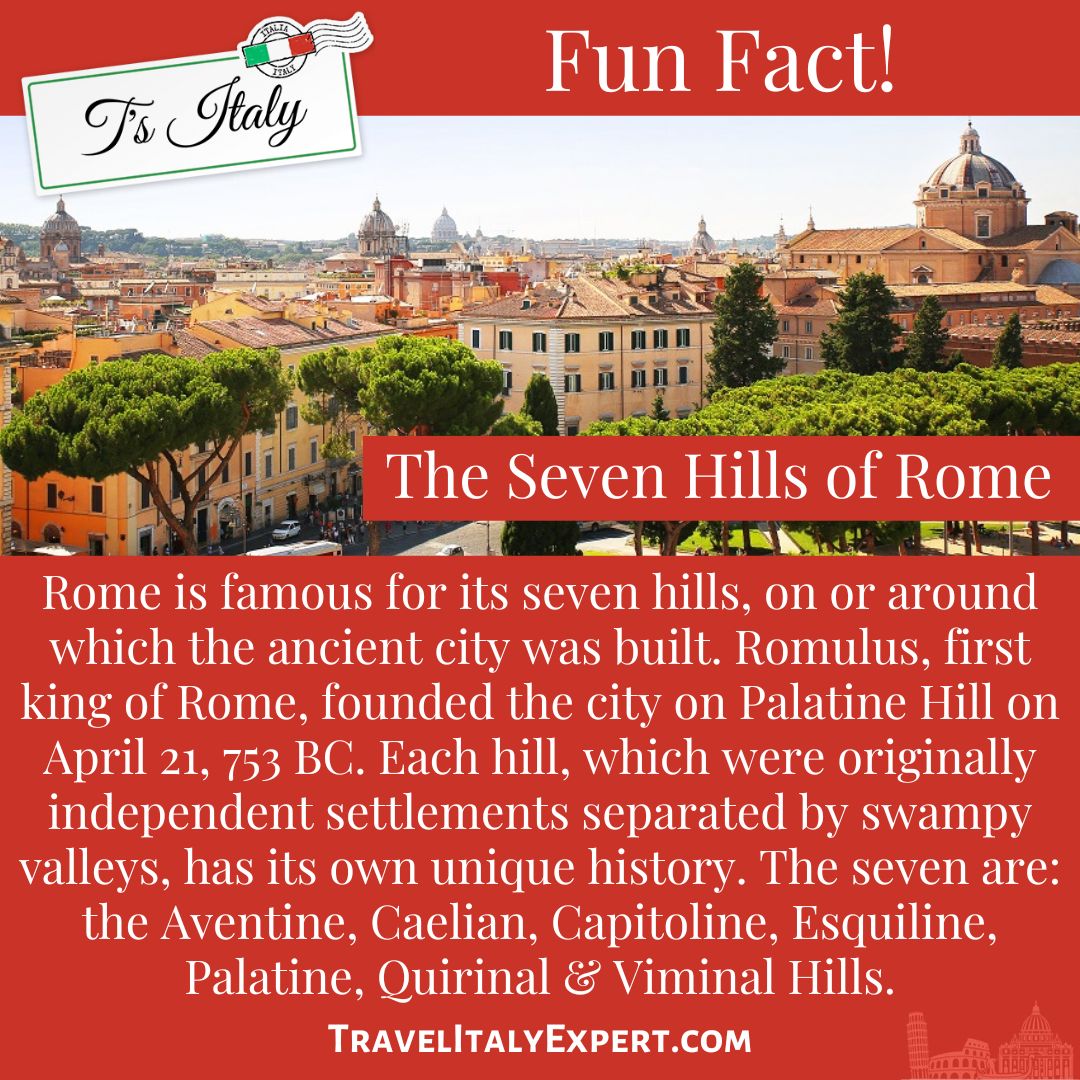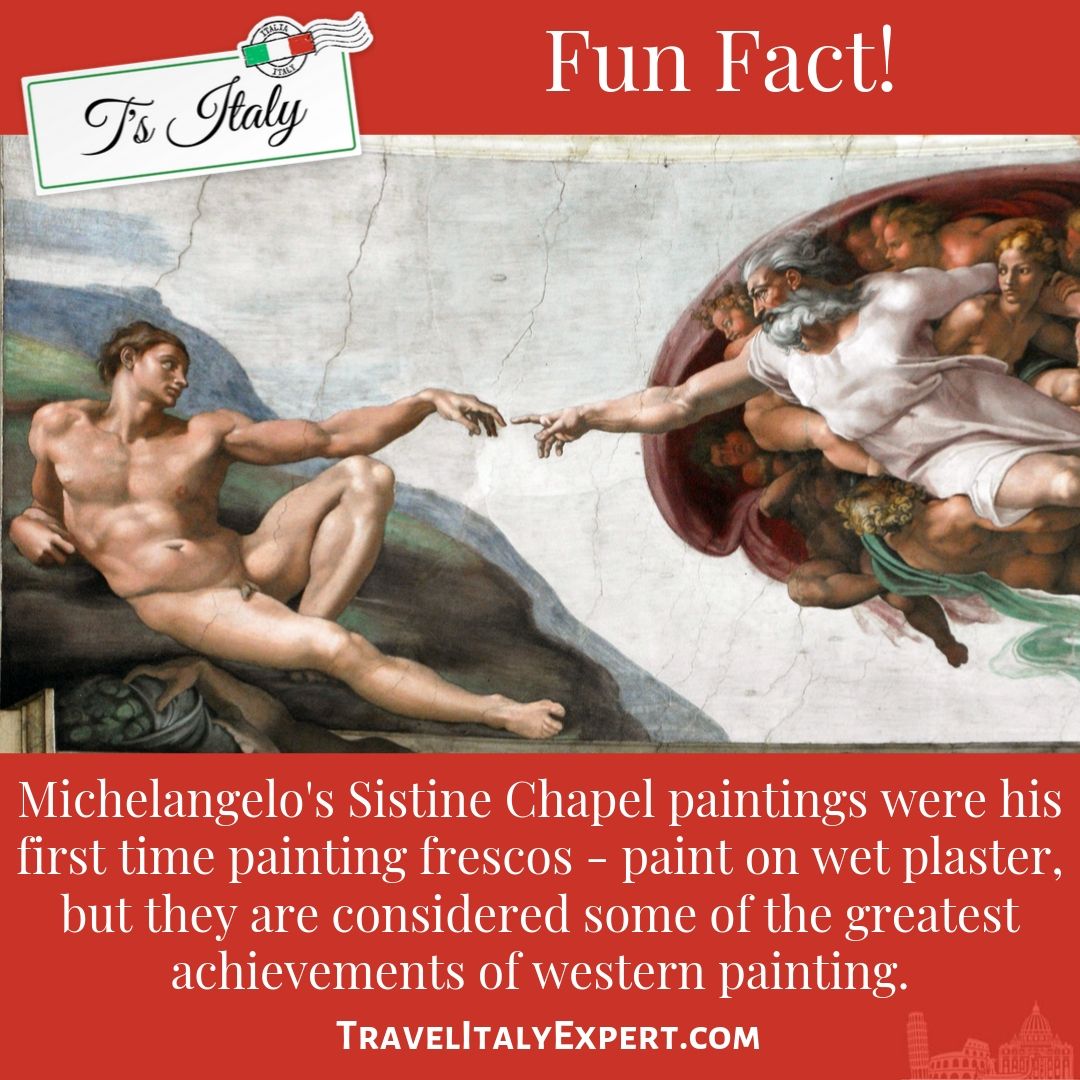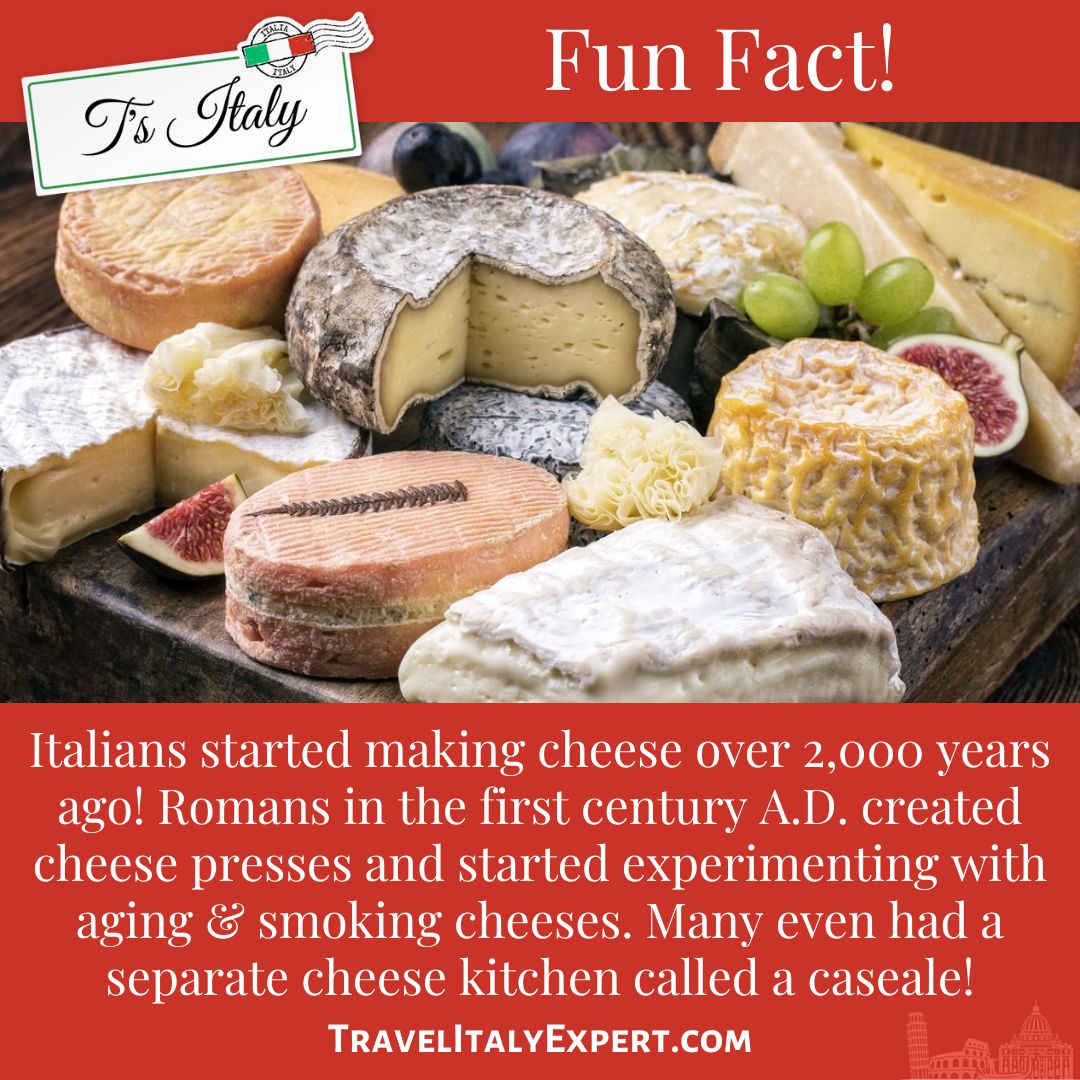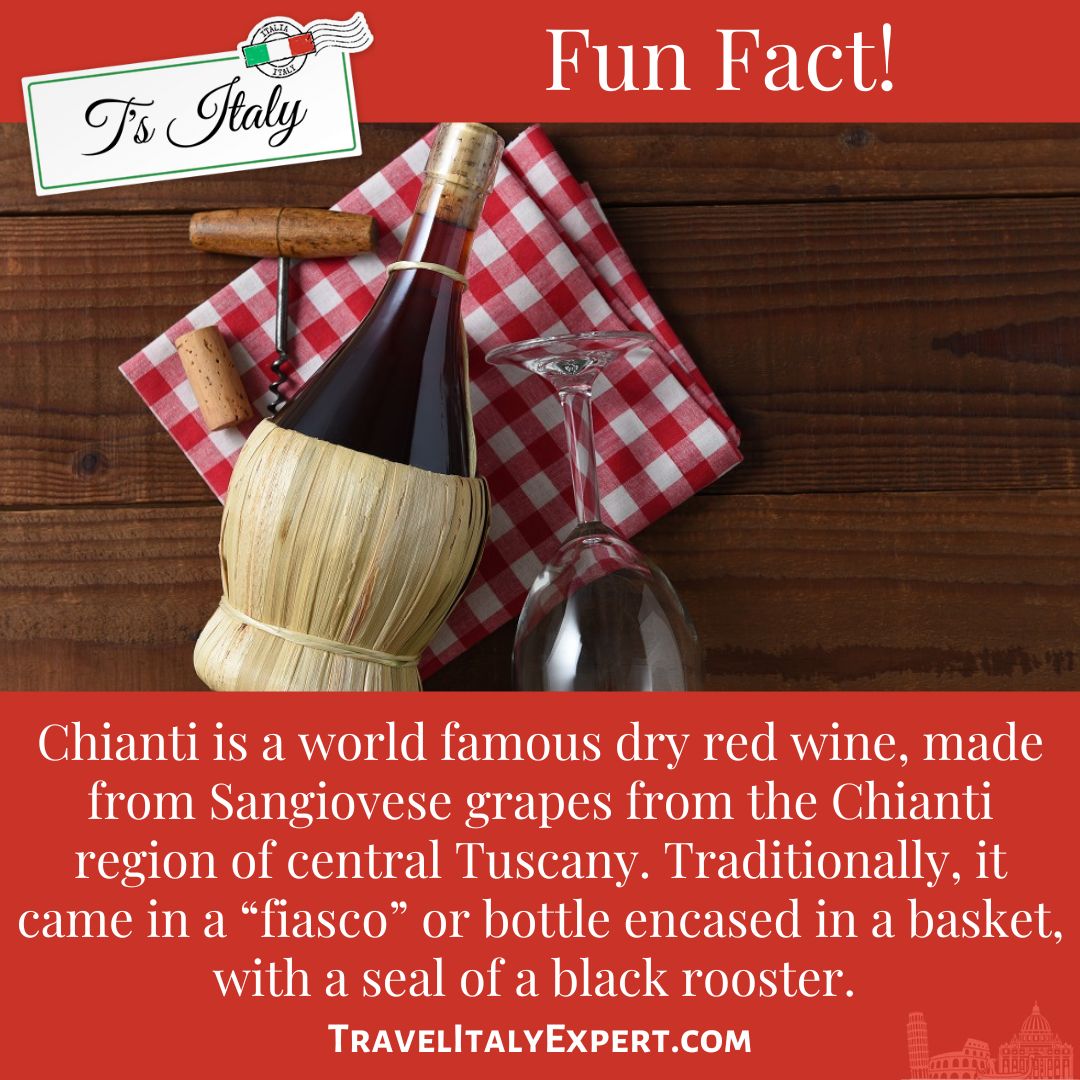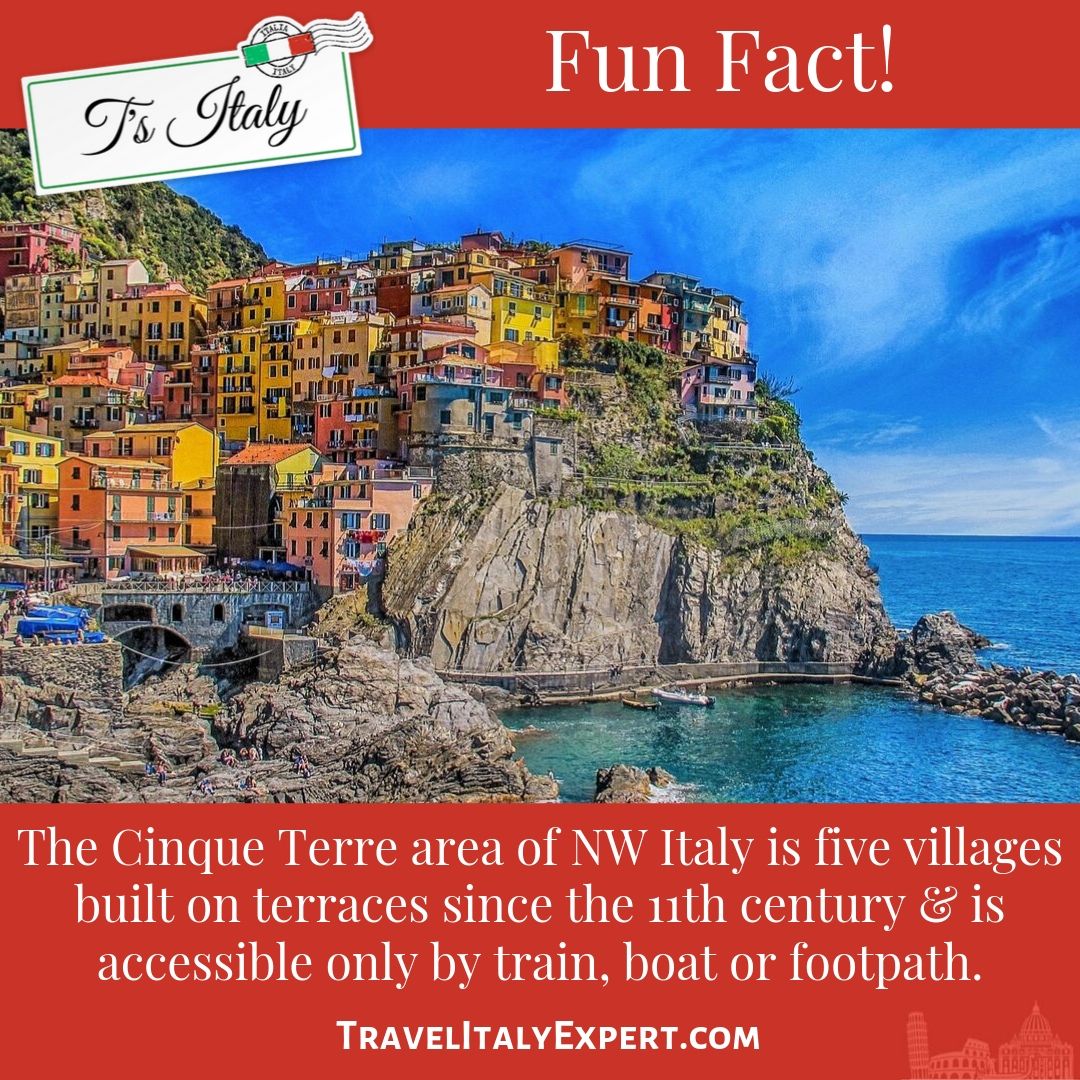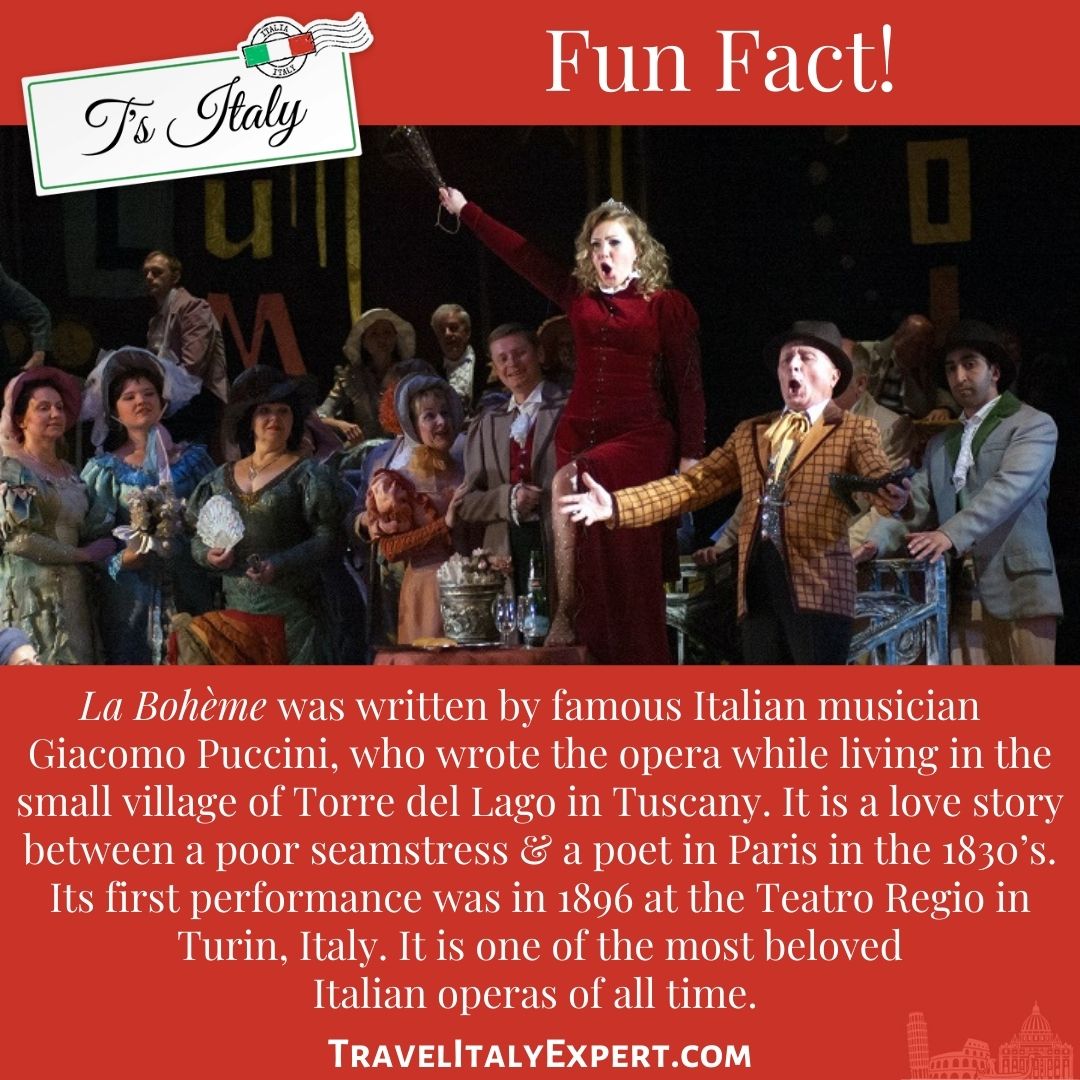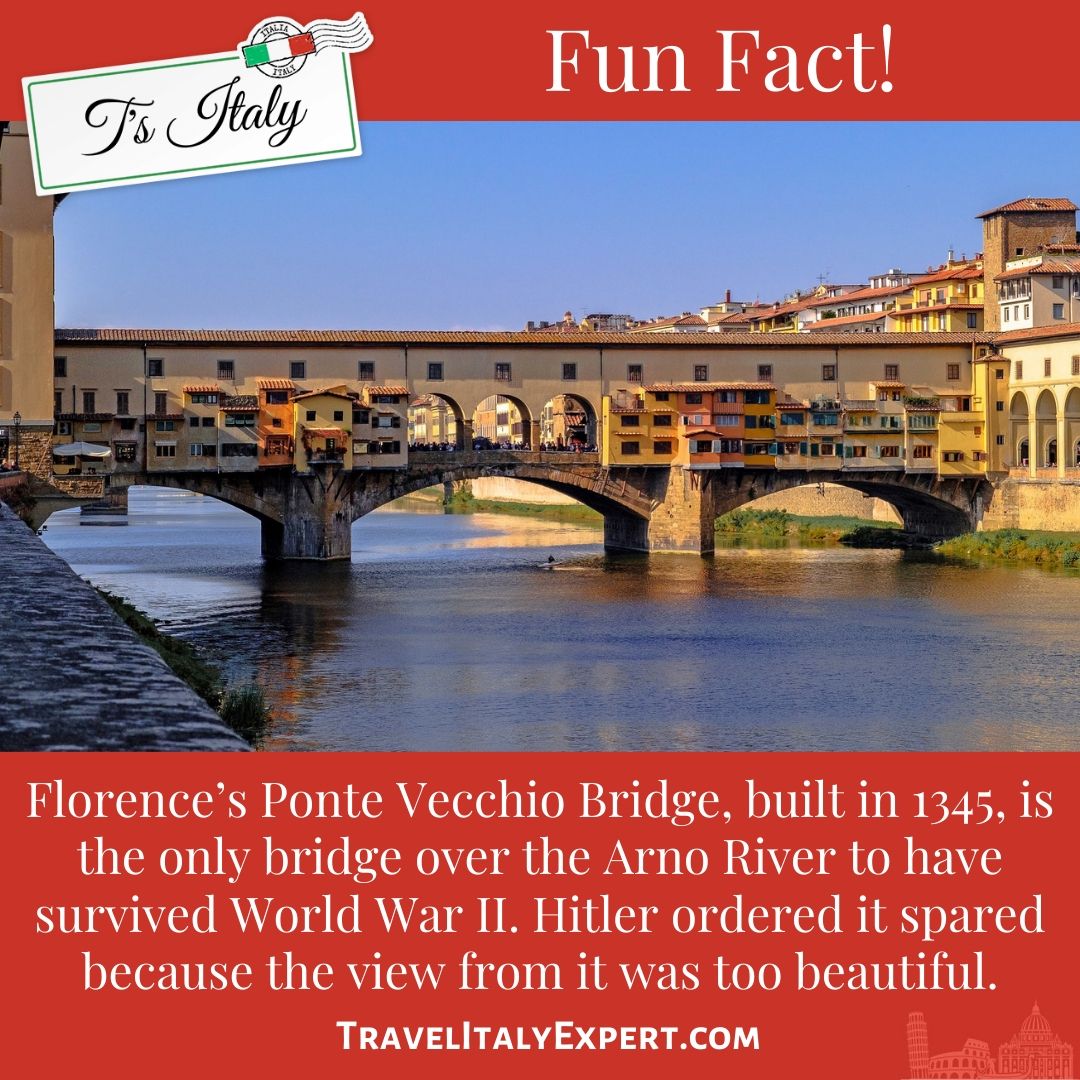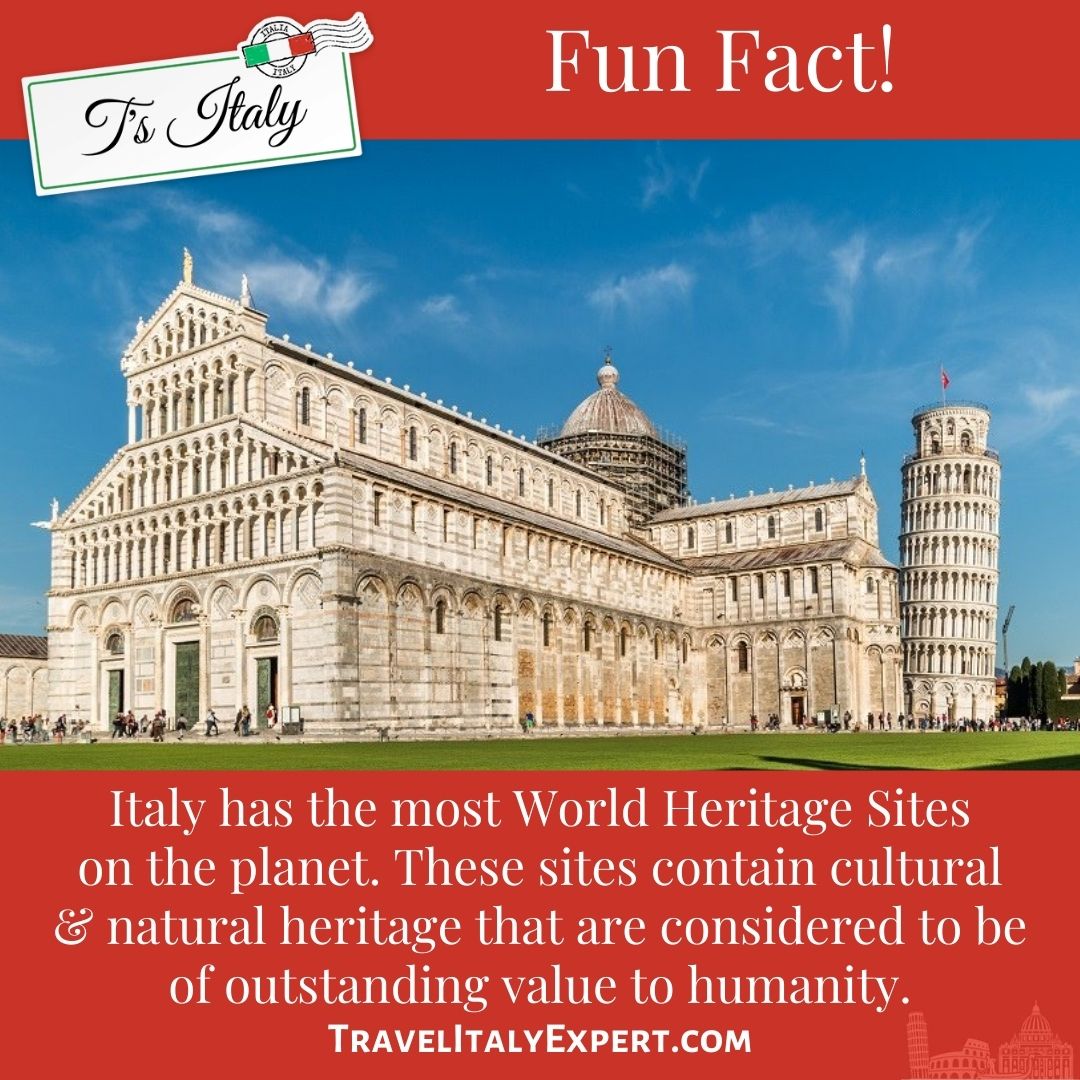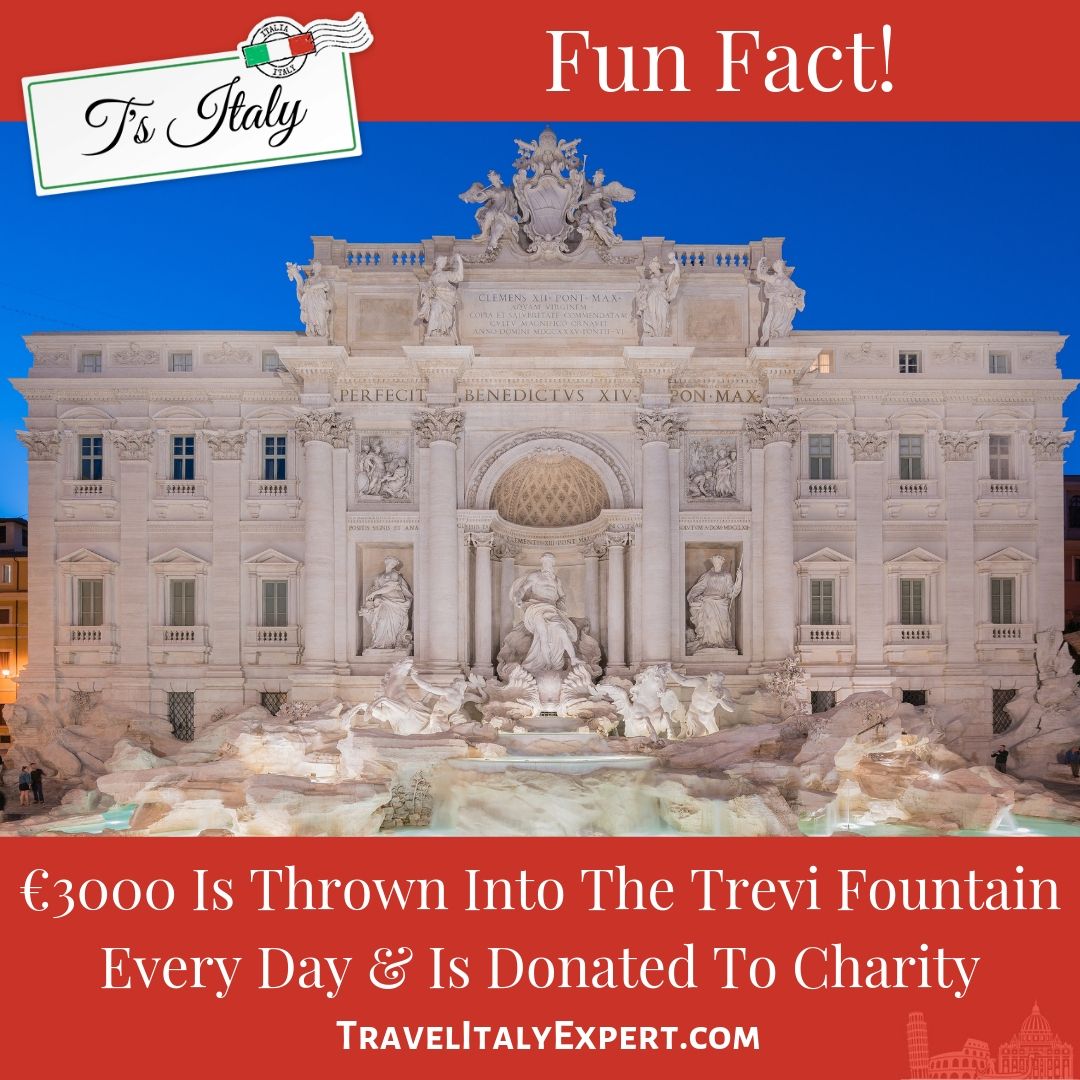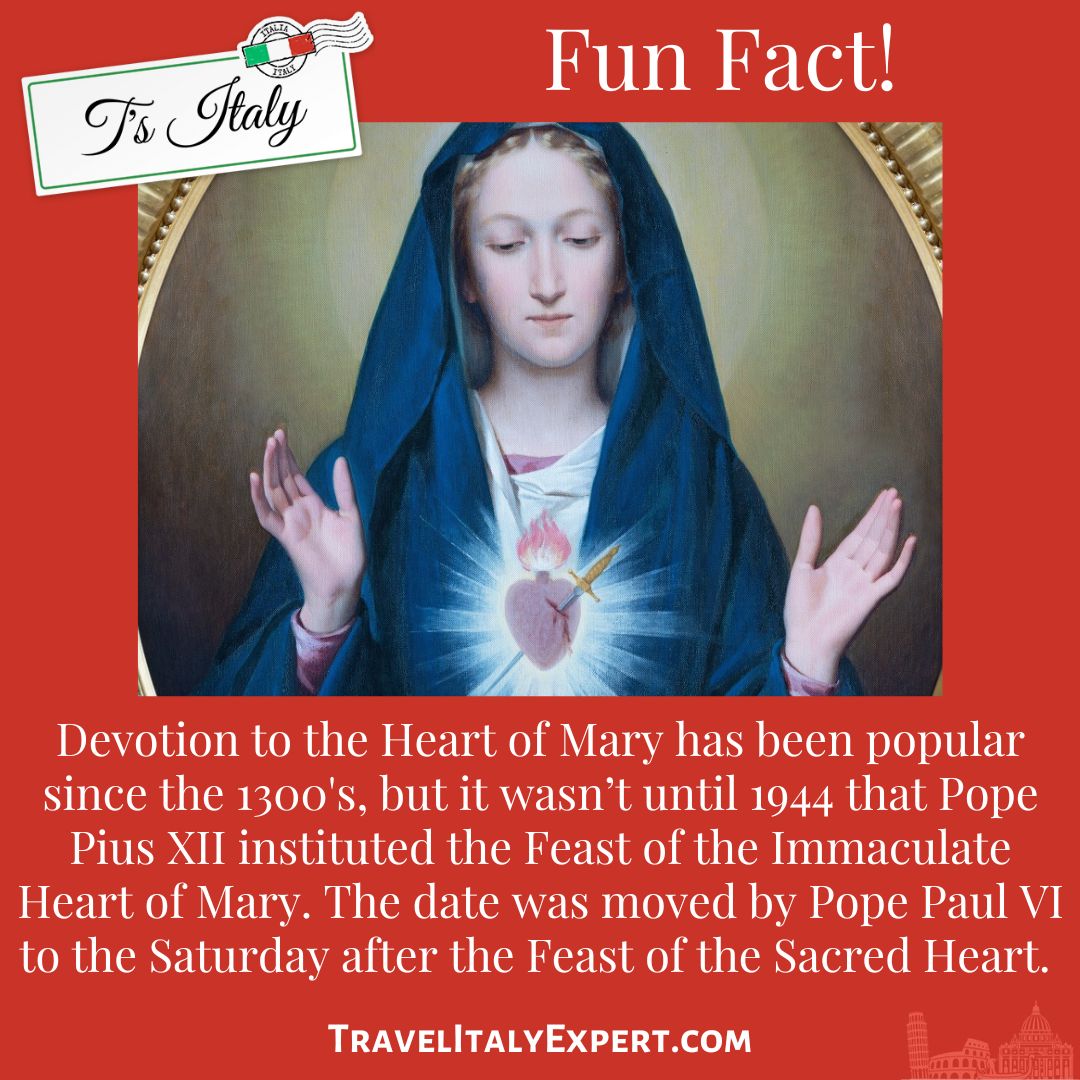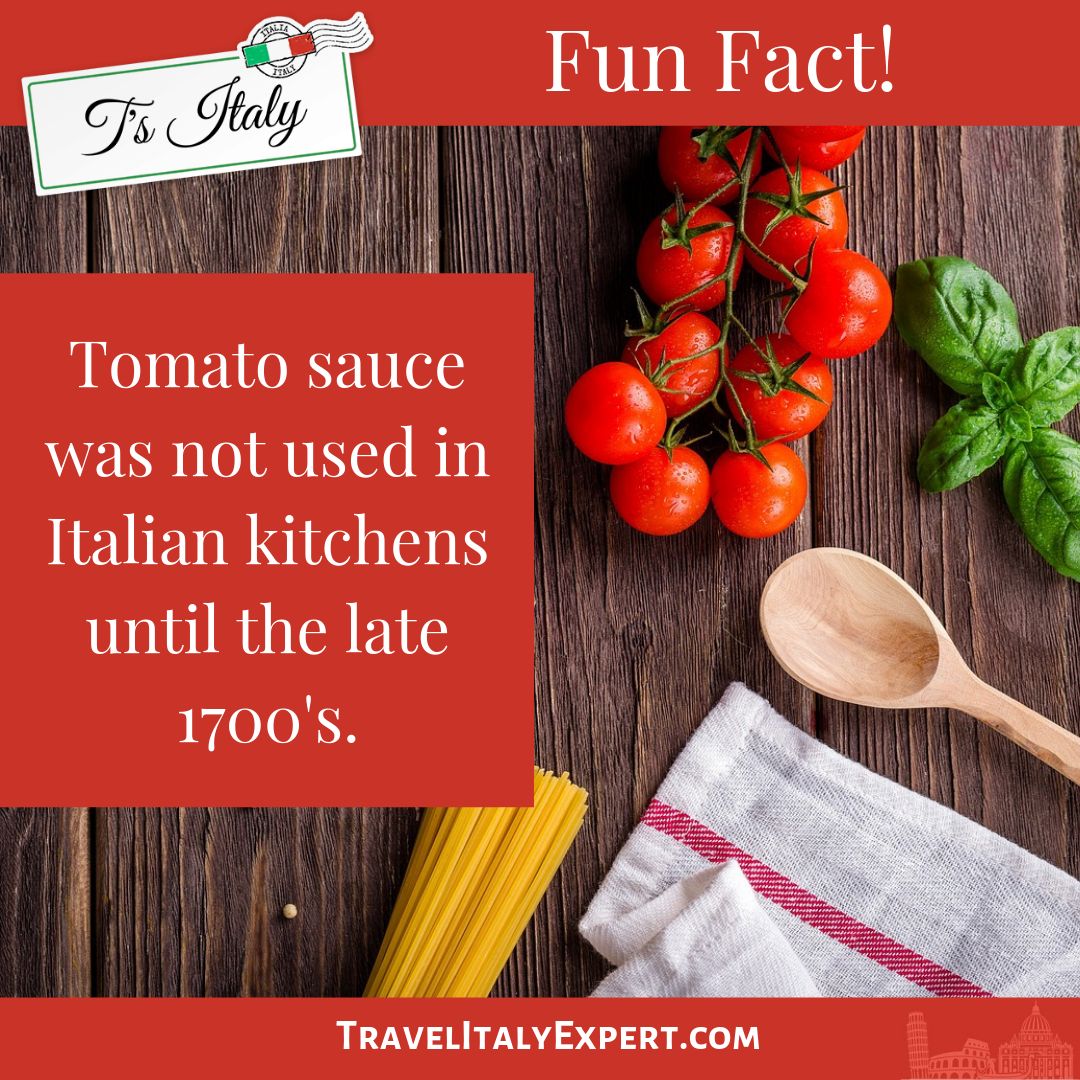The House of Our Lady of Loreto. The house of the Blessed Virgin Mary, St. Joseph and Jesus, and the site of the Annunciation, was originally built in Nazareth, in the Holy Land. Threatened for centuries by invaders, it managed to escape being pillaged and destroyed. Facing its worst threat, the house miraculously appeared in Loreto, Italy in 1294 after a long journey, reportedly carried by angels!
Located in the Marche region of Italy, approximately 175 miles northeast of Rome on the Adriatic coast, this beautiful area is surrounded by the Apennine mountain range, and beautiful vineyards and olive trees. The farm the house landed on was covered in laurel trees, where the name “Loreto” comes from. It was the perfect place for the home of the Blessed Virgin to appear, seeking safety and peacefulness. The 31 x 13-foot house is protected by the Basilica della Santa Casa, built beginning in 1468, and was further protected by a marble “screen” designed by Bramonte, and constructed around the house in 1509. The screen is considered one of the greatest sculptural masterpieces of the Renaissance.
The Shrine is the third largest shrine in Europe, second only to Lourdes in France, and Fatima in Portugal. Learn more about the history of this Holy House here, and here. And about its art here.
Panettone is the tall, rich Italian bread baked especially for the holidays has been made in Milan since the early 1400’s. Made with wheat flour (then an expensive rarity), candied citron or orange peel, butter, and eggs, many of its ingredients came from far away. It is now a world favorite for Christmas. Read the interesting history here.
The Archbasilica of St. John Lateran is named for St. John the Baptist and St. John the Evangelist (Apostle). It sits on what once was a fort of the Roman imperial cavalry bodyguards, and then was owned by the Lateranus family until it was confiscated by Emperor Nero. It was eventually given to the Bishop of Rome, Pope Miltiadas, around 313 AD by Emperor Constantine the Great, and was expanded and dedicated in 324. Over its history, the Basilica was attacked by Vandals and rebuilt in 460, almost totally destroyed in 897 from an earthquake, and burned by fire in 1308 & 1330. A throne for the Pope was stolen by Napoleon (and now resides at the Louvre museum). The building has been renovated and expanded several times since. The Feast of the Dedication of St. John Lateran, to honor the Basilica as the “Mother Church” of all Catholic churches in the world is celebrated on November 9th.

The Feast of All Saints Day, on November 1st the Catholic Church celebrates the “Communion of Saints” which is a supernatural solidarity of Christ’s faithful on earth, in purgatory, and those in Heaven, which may be those officially canonized, but most who are not.
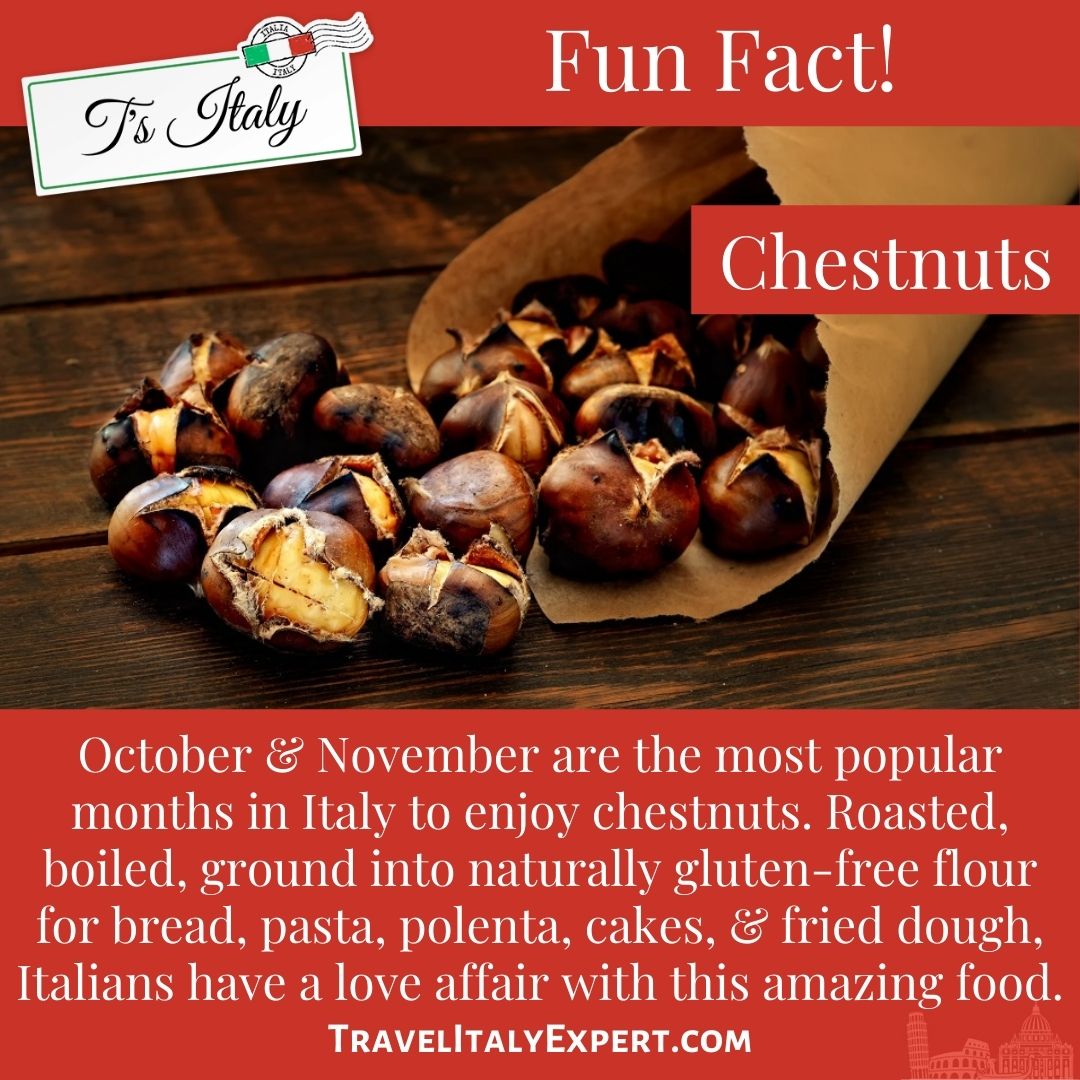

White Truffles are a very rare type of mushroom mostly found near Alba, Italy. Sniffed out by dogs, and even pigs, their sublime taste makes them worth thousands of dollars. They are so rare and precious you need a special license just to hunt for them! The Alba White Truffle Fair runs from mid-October to early December and is an amazing event.
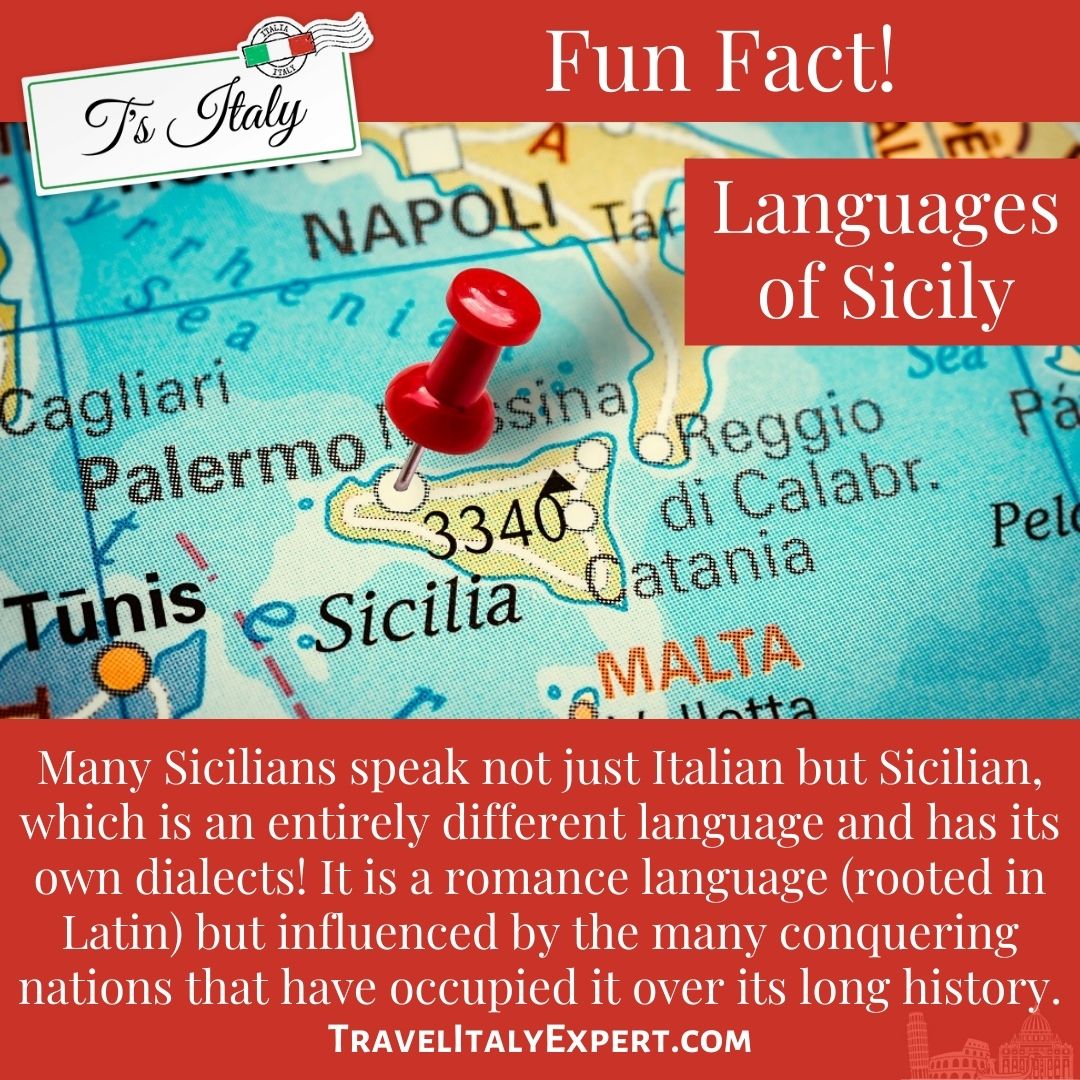

St. Thomas Aquinas and the Miracle of the Crucifix. The famous Doctor of the Church, Thomas Aquinas, nicknamed the “Dumb Ox,” was writing his Summa Theologiae, one of the most famous works on the existence of God ever written, when in deep prayer before a crucifix, he went into ecstasy and began to levitate. A witness saw that the body of Christ on the cross, which was glowing, came alive and spoke to him, “You have written well of Me, Thomas. What would you desire as a reward?” He answered, “Nothing but you, Lord.” Afterward, in light of the mysteries of the Kingdom shown to him in the vision, he would write no more of his amazing treatise that he spent five years of his life writing. He said, “I cannot, because all that I have written seems like straw to me.” Click Here to read more of his life.

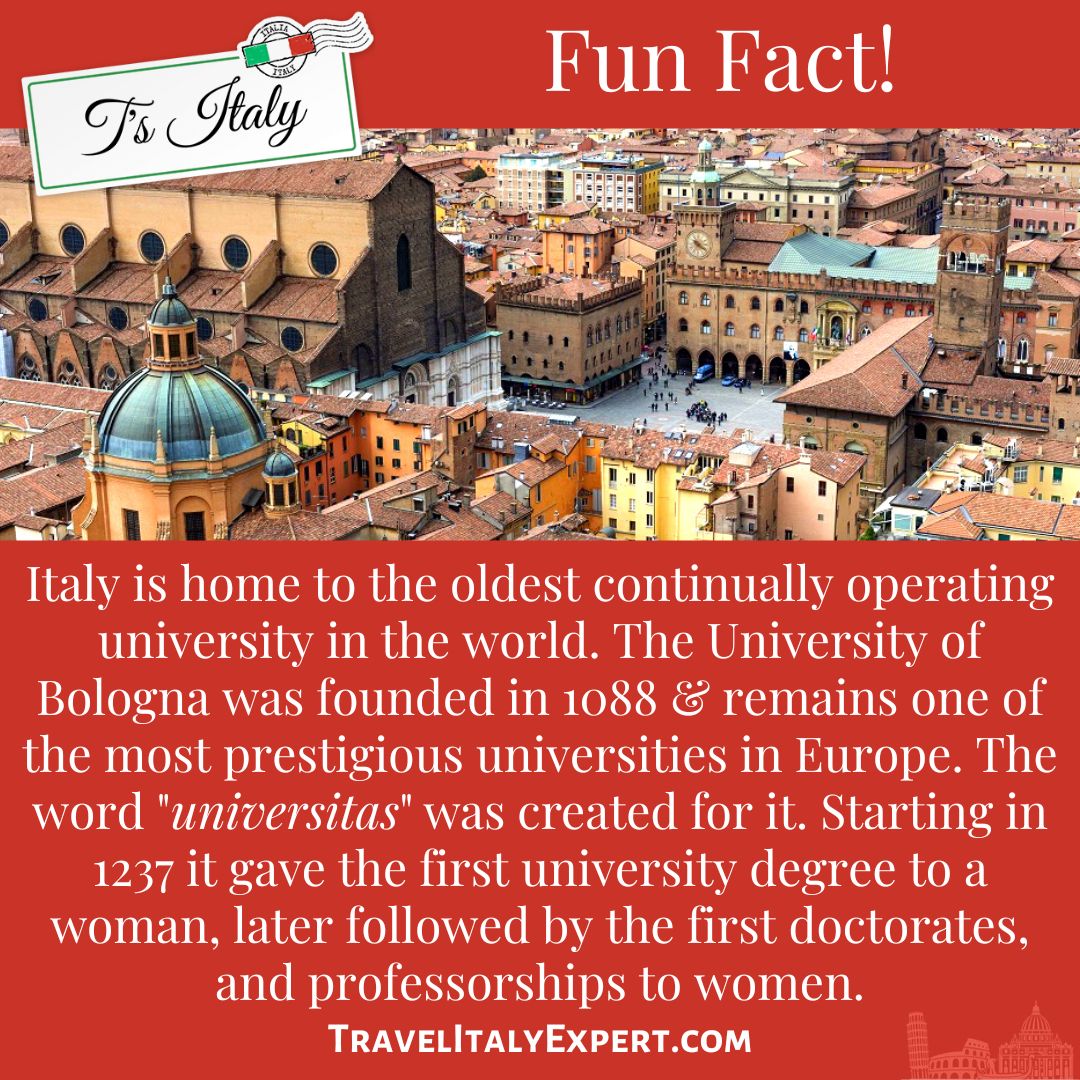


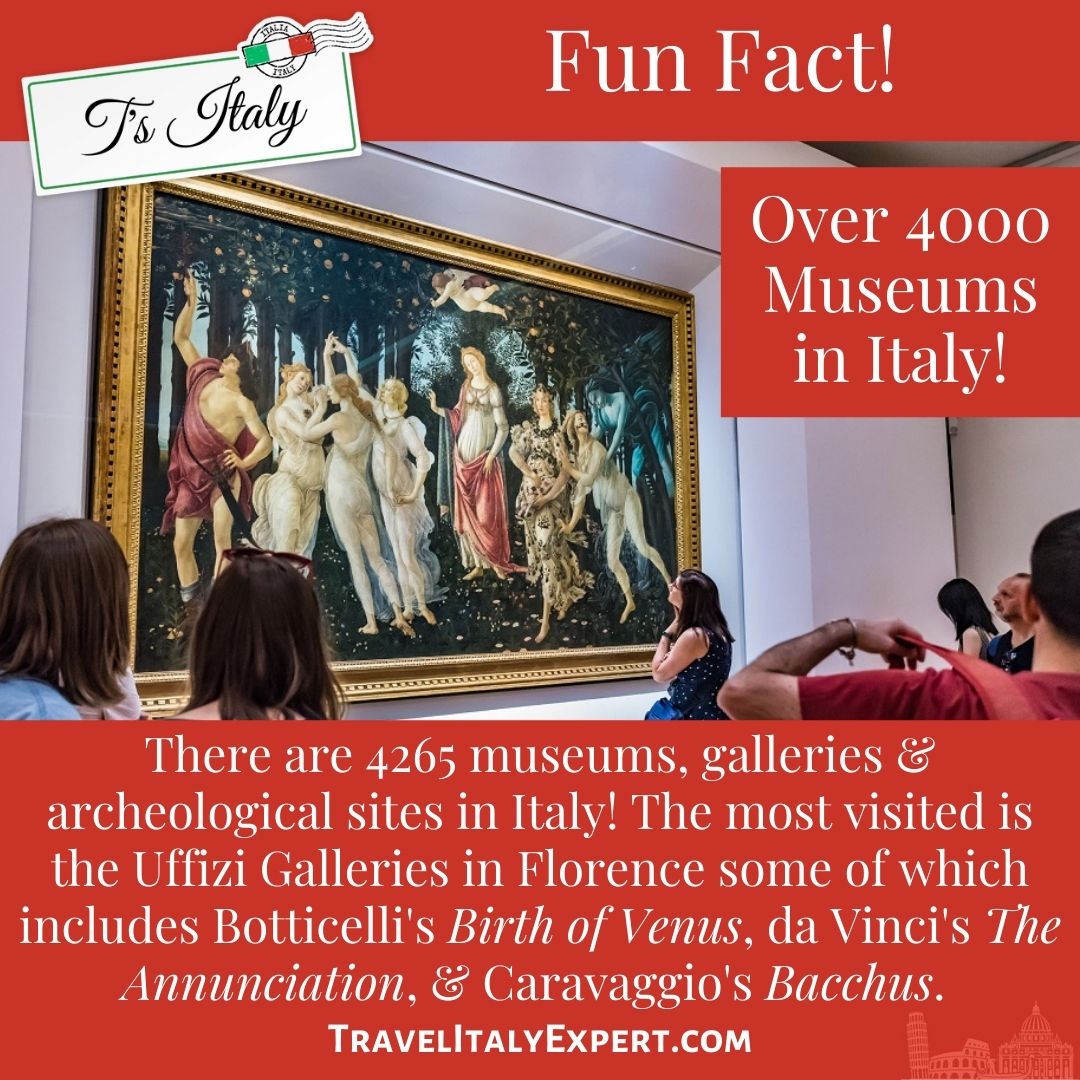

The Scoppio del Carro is a magnificent fireworks display in Florence, Italy celebrating Easter, the Resurrection of Christ Jesus! For 900 years the “Explosion of the Cart” has excited residents and visitors alike. “Colombina,” a mechanical dove propelled by fireworks, is lit at the High Altar inside the Cathedral and rockets down a wire outside to the Cart, which explodes into a 20 minute fireworks show! Residents hope for a successful event which portends a good harvest and civic stability. See a video of this amazing spectacle from inside the Duomo and another from the outside! And be sure to listen to the massive bells ringing from the Cathedral’s Giotto Bell Tower!

The Immaculate Heart of Mary signifies the great purity & love of the Blessed Mother for God and humanity. This painting by Enrico Reffo resides in the Basilica del Sacro Monte in Varallo, Piedmont, Italy. Sacro Monte is a complex of 45 chapels with over 800 painted life-size figures of people and animals depicting scenes from the Bible!

